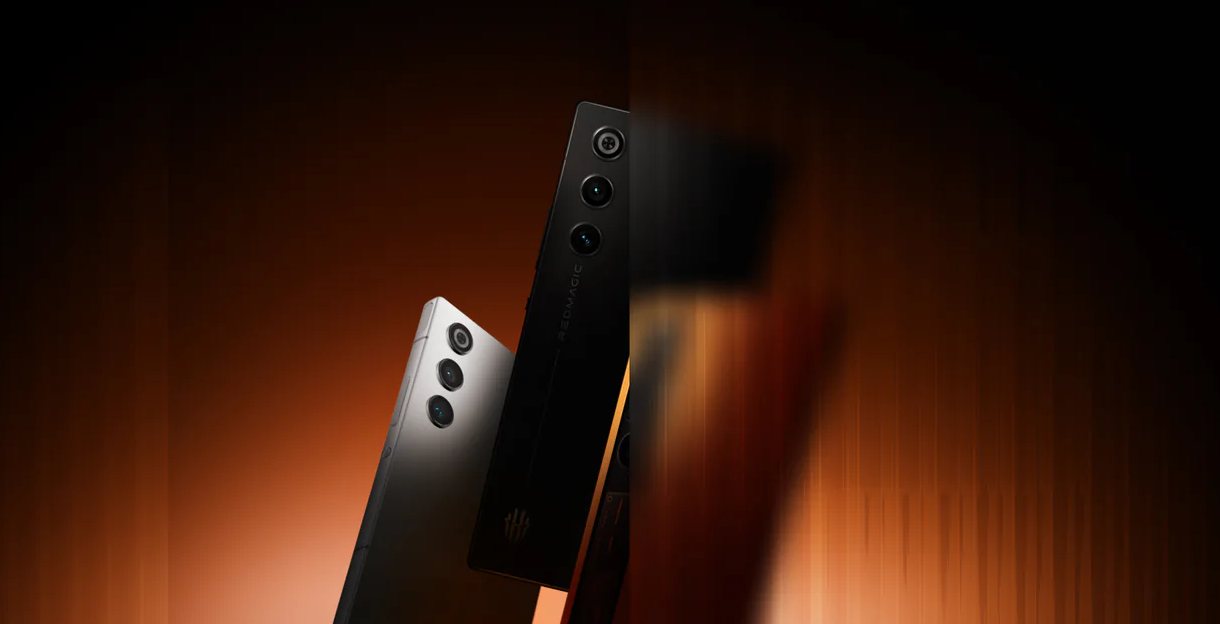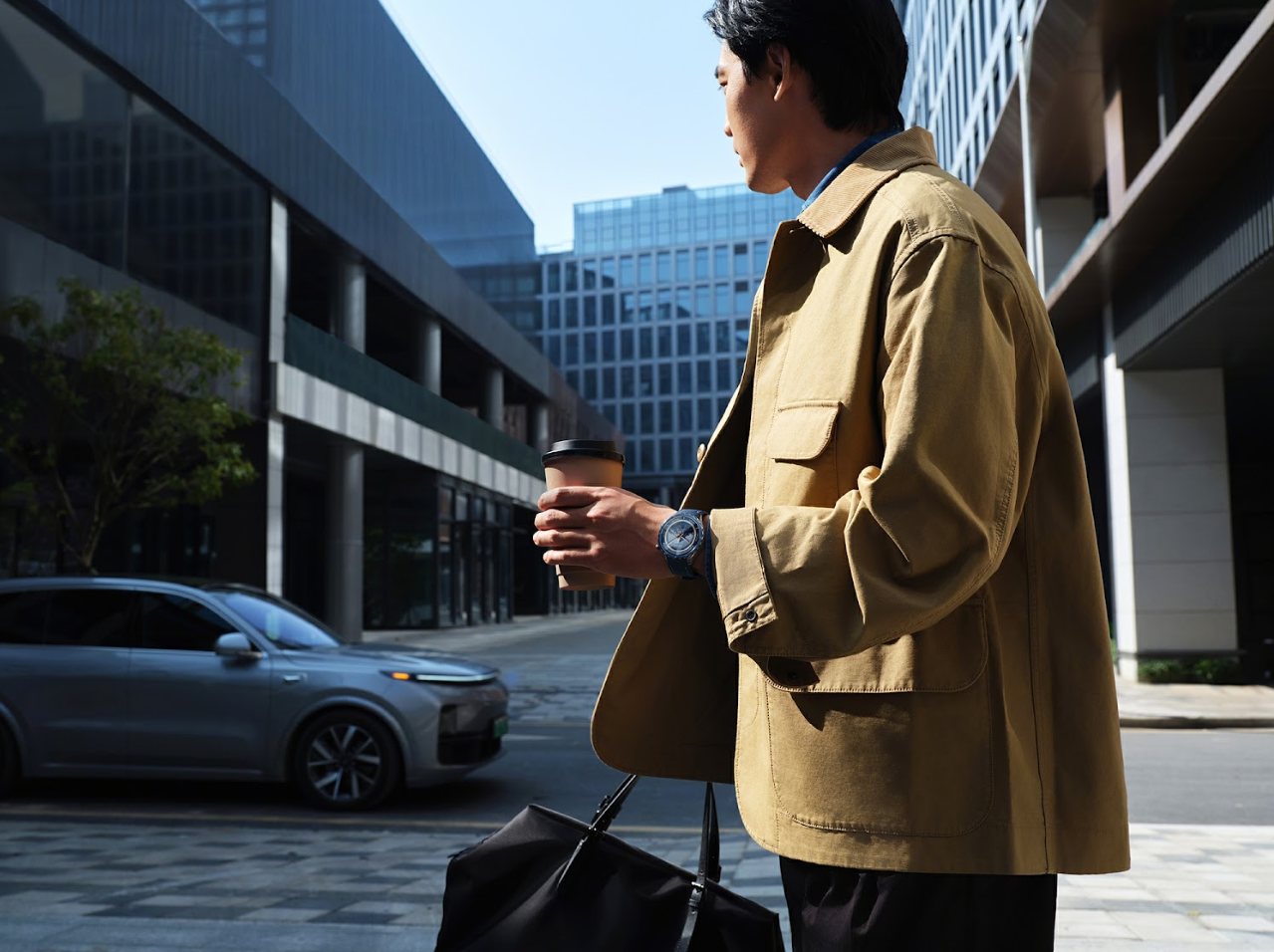Google Pixel 8a Review – The Google Pixel 8a is Google’s newest mid-range smartphone within their A-series, launching today (March 14, 2024). Following on from last year’s Pixel 7a (read our review here), the Pixel 8a continues its tradition of being a bang-for-your-buck version of the flagships Pixel 8 and Pixel 8 Pro by keeping the essential software and not sacrificing too much with regards to hardware.
The Pixel 8 (which retailed at $1199 AUD) has been my daily driver since its release last year, so I’m really interested to see how the budget version 8a (retailing at $849 AUD – $350 AUD cheaper!) stacks up. I’m glad to say that so far, I feel like the gap between the budget and the flagship version has shrunk further than before.
Still, I do have to note that Google Pixels often go on significant discounts, and recently, the 6-month-old Pixel 8 was selling from $799 AUD at JB HiFi. So, if you’re comparing a full price Pixel 8a with that discounted Pixel 8, it’s very stiff competition.
GOOGLE PIXEL 8A REVIEW – PACKAGING AND DESIGN


As usual, the packaging comes with the USB-C cable, a USB-A to USB-C adaptor, and the warranty card with SIM card ejector tool.
The Pixel 8a comes to Australia in 3 colours this year: Obsidian (black), Porcelain (beige), and Bay (blue).
The design language is quite similar to other pixels, with its simple look and signature camera bar at the back. However, it’s got more rounded edges and a matte finish, which honestly, I like more than the glossy back of the Pixel 8, as it’s less likely to capture fingerprints.
GOOGLE PIXEL 8A REVIEW – PIXEL 8A VS PIXEL 7A
Before we get into comparing the Pixel 8a with its flagship brother, though, let’s talk about how it’s improved from its previous generation, the Pixel 7a (check our Pixel 7a review .
The main improvements include:
- Smoother display – 120 Hz refresh rate vs only 90 Hz on the 7a
- More durable frame and display with metal frame and camera bar
- Brighter screen: 1400 nits HDR and 2000 nits peak brightness vs 1000 nits on the 7a
- Option for 256 GB storage capacity, compared to only 128GB for the 7a.
- Larger 4500 mAh battery vs 4385 mAh on the 7a
- Faster 27W wired charging vs 18W on the 7a
- And obviously, the newer Tensor G3 vs Tensor G2 chip on the 7a
Firstly, the 120 Hz refresh rate display is a welcomed change as it does make the whole user experience feel more premium. This option is not on automatically out of the box though, and you have to go to the display settings to turn this on.
The Pixel 8a uses the same Tensor G3 chip found in the more premium versions Pixel 8 and 8 pro, providing improvements to photo/video quality, phone call audio, speech recognition, and security (e.g. face unlock is secure enough for more app sign-ins and banking).
For the first time, the budget A-version also has an option for the higher 256GB storage.
The camera hardware remains the same as the 7a, with 64 MP main camera, and 13 MP ultrawide and selfie camera. But Pixel phones are known for its photo processing software, rather than its cutting-edge hardware, so the overall quality should still improve.
GOOGLE PIXEL 8A REVIEW – PIXEL 8A VS PIXEL 8
Now let’s compare the 8a with this year’s flagship, the Pixel 8 (check out Pixel 8 review).
Differences with Pixel 8:
- IP67 dust/water resistance on Pixel 8a vs IP68 on Pixel8
- Less maximum brightness than Pixel 8
- Very slightly smaller 6.1-inch screen (due to slightly thicker bezels all around) vs 6.2-inch screen on the Pixel 8
- Slower wireless charging (7.5W vs 18W) and no reverse wireless charging (aka battery share)
- Camera features differences:
- No “Action Pan” feature on the camera for photos, and no “Blur” feature for videos.
- No macro focus for both photo and video
- No 24-fps video
Overall, there are certainly some slight trade-offs with regards to hardware when buying the Pixel 8a. However, it does keep essentially all the killer software features of the Pixel 8, and if the differences listed above are not dealbreakers for you, then the 8a is an excellent choice.
GOOGLE PIXEL 8A REVIEW – SOFTWARE FEATURES

Pixels are known for its impressive AI and smart software features. And the Pixel 8a is certainly not lacking in that department.
As expected, the Pixel 8a takes great photos and videos. Camera features like Photo Unblur, Best Take, Top Shot, Magic Eraser, Magic editor, and Night Sight are all available for this phone, and make it an excellent photo and video-taking experience. The 8a also includes Super Res Zoom which enables close-up portraits from far away. Here are some sample photos and videos I’ve been taking:
Google’s AI features present in the 8a include:
- Circle to Search: search anything on your screen on any app
- Live Translate
- At a Glance: widget that shows you personalised information from weather, upcoming events, commute information, alerts, orders, etc.
- Enhanced Assistant voice typing – improved voice recognition for accurate voice typing
- Unfortunately, I haven’t had any luck accessing the “summarising on-screen text” feature. From what I can find online, this seems to be a US-exclusive feature.
Pixel Call Assist is also another useful feature, which helps you screen calls (a google assistant answers unknown numbers and asks who they are and why they’re calling on your behalf), detect scam calls, and improve voice pickup.
The promised 7 years of software updates is the best amongst current phones and is still present for this phone.
New Google Pixel 8a purchases also come with 3 months of YouTube Premium, 3 months of Google One for new users, and 6 months of Fitbit Premium for new and returning users.
GOOGLE PIXEL 8A REVIEW – PHOTOS TAKEN BY GOOGLE PIXEL 8A
Here are some photos I took with the Google Pixel 8a:
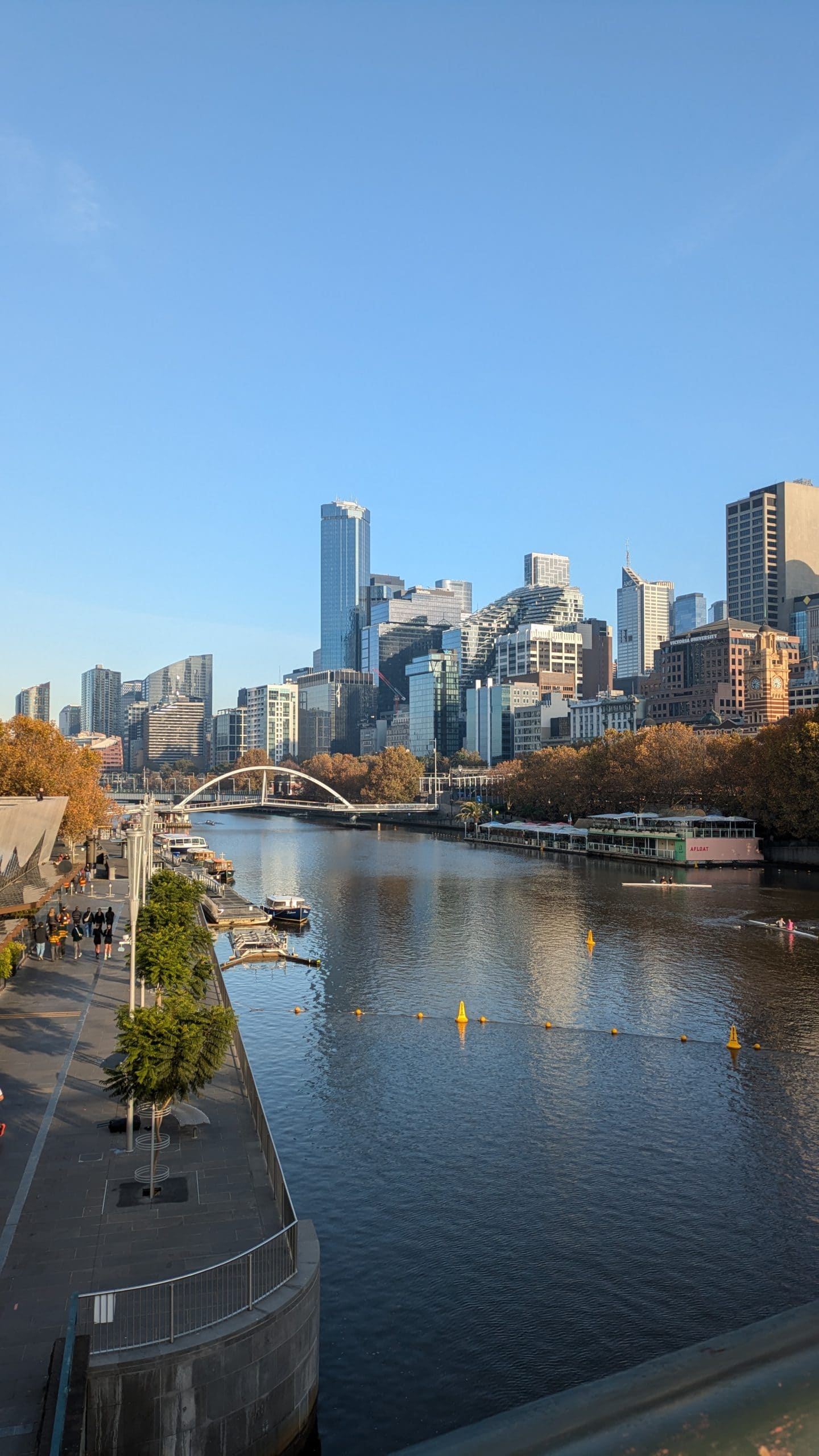
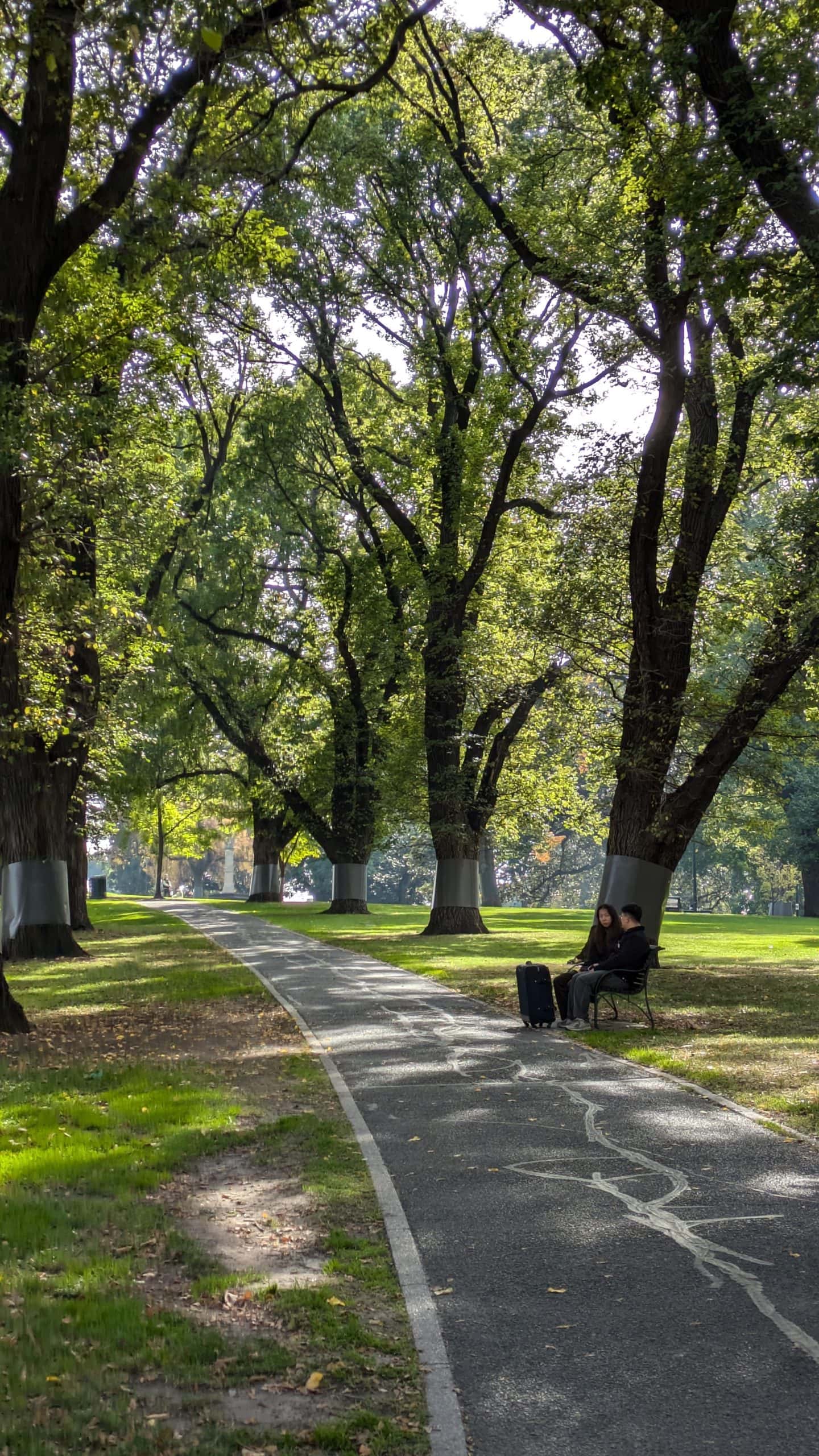
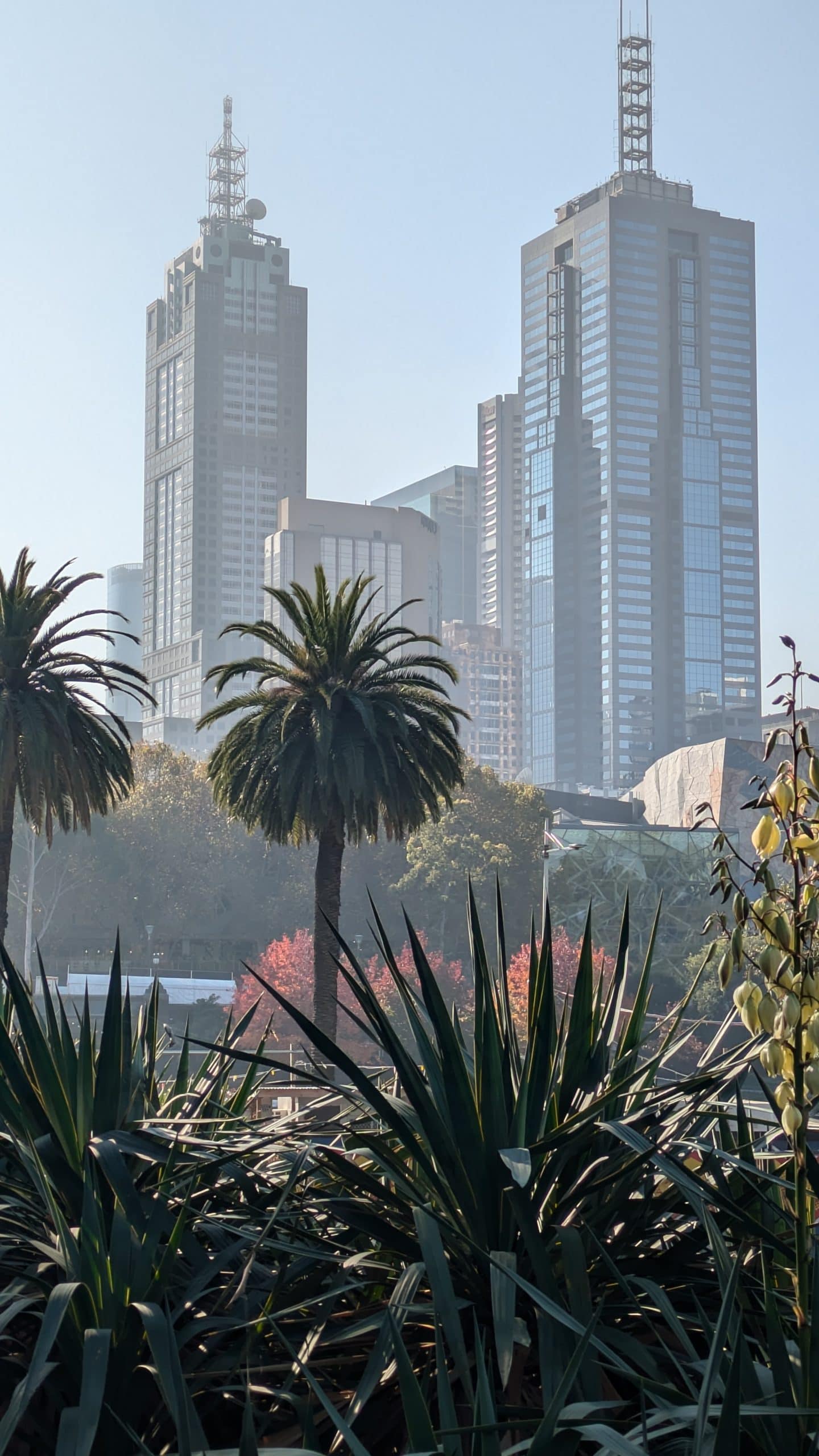
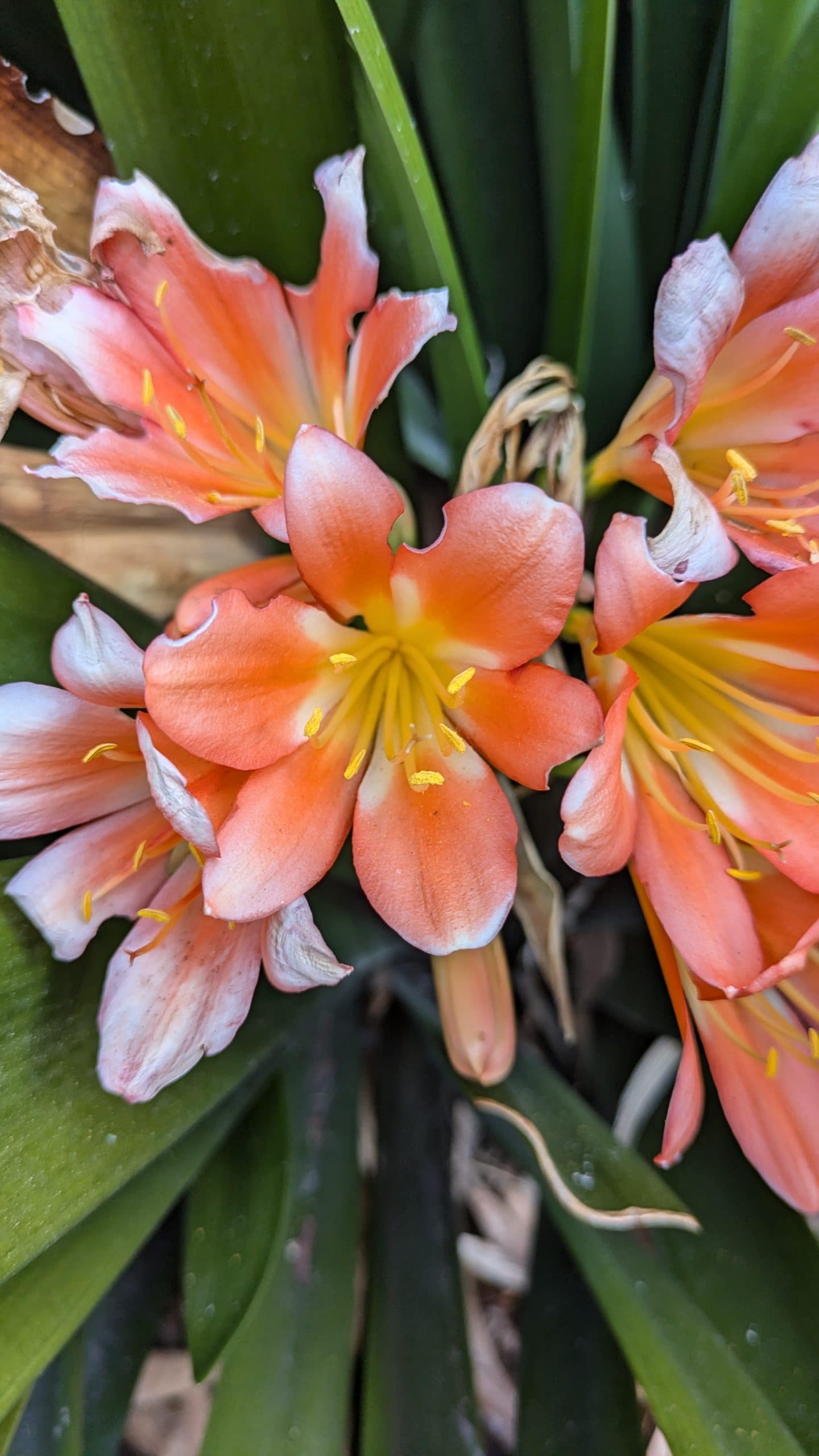






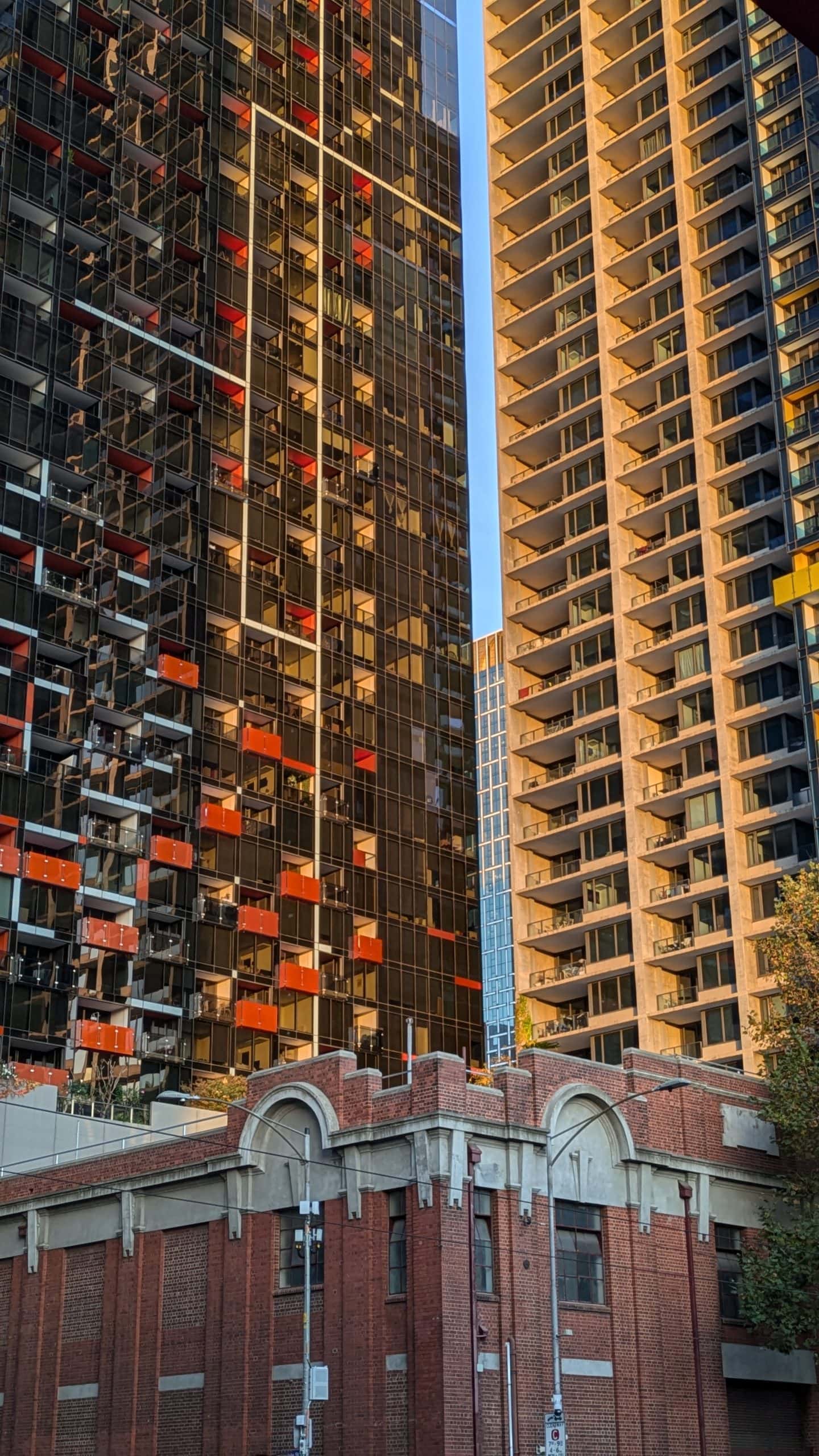
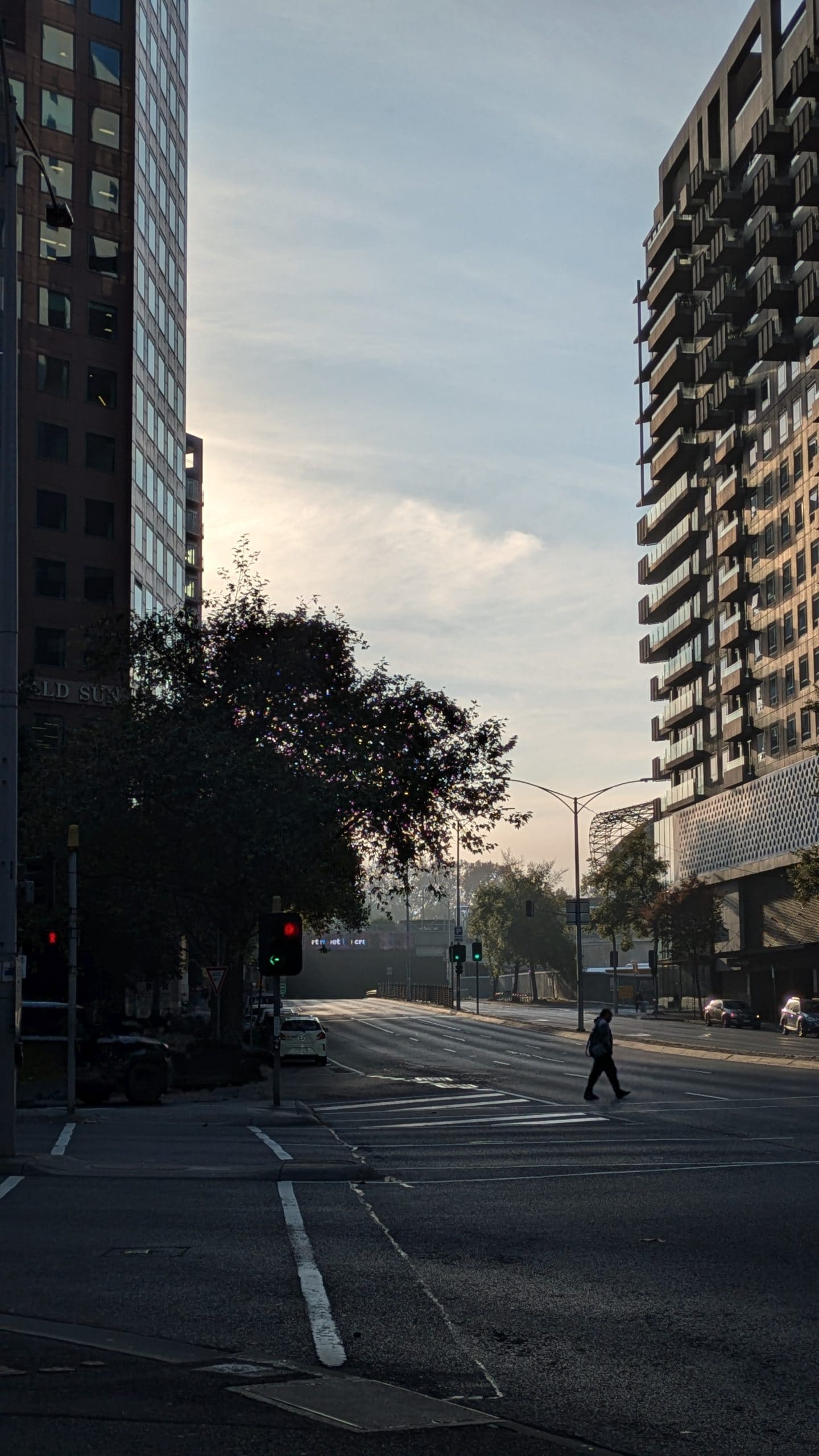
GOOGLE PIXEL 8A REVIEW SUMMARY

Look, if I’m choosing between the Pixel 8a and the flagship Pixel 8 both at their original release prices of $850 AUD and $1200 AUD respectively, I would be leaning towards the Pixel 8a. The Pixel’s smart software and AI features and photo/video processing prowess are the main selling points of their phones, so I don’t think you’ll be missing out on much if you get the 8a.
However, just last week the Pixel 8 (which is now 6 months old) was selling at a heavily discounted price of $799 AUD at JB HiFi. And for $899, you were able to get the 256 GB storage version. So, in situations like these, the choice is much more difficult and really depends on what you value more. If features like the brighter screen, IP68 water resistance, faster wireless charging, slightly smaller bezels, and some additional camera features are important to you, then the Pixel 8 will still be the right option.
However, if you want the newest phone, which still has the essential features of older flagship, then you can’t go wrong with the Pixel 8a.
Disclosure: Google Pixel 8a review sample was supplied for reviewing
Google Pixel 8a Review
Overall
Summary
The Google Pixel 8a, Google’s latest mid-range smartphone, offers a compelling alternative to its flagship counterparts, boasting essential software features and impressive photo and video capabilities at a more accessible price point.
Pros
- Significant improvements over the Pixel 7a, including a higher refresh rate display (120 Hz vs 90 Hz), more durable build with a metal frame and brighter Actua display, larger battery, faster charging, and newest Tensor G3 chip.
- Uses the same Tensor G3 chip as the Pixel 8 and 8 Pro, enhancing photo and video quality, call audio, speech recognition, and security features.
- Excellent photo and video processing
- Maintains Pixel’s core software features e.g. AI capabilities, Circle to Search, Live Translate, At a Glance widget, enhanced Assistant voice typing, Pixel Call Assist
Cons
- Slight hardware trade-offs compared to the Pixel 8 e.g. IP67 dust/water resistance (vs IP68), slightly smaller screen size (6.1-inch vs 6.2-inch), slower wireless charging (7.5W vs 18W), and absence of some camera features like “Action Pan” and macro focus for photos and videos, and 24-fps video recording.

